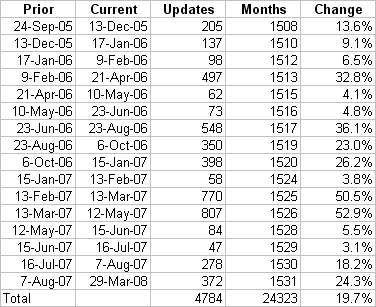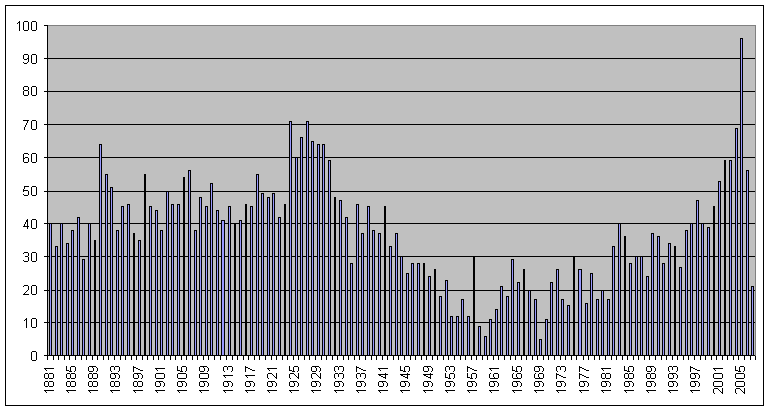edthecynic
Censored for Cynicism
- Oct 20, 2008
- 43,044
- 6,883
- 1,830
This is the third time I've posted this link regarding the error corrected in 2007. The correction you say was made in 2007 was made in 2001. Please read it this time.Blogger gets hot and bothered over Nasa's climate data error | Environment | The GuardianThe cause of the error, they say, was a switch to a new data-collection system in 2000 and a faulty assumption that the old and new methods matched, which last week led to a recalculation of the figures.
Now 1934 is the hottest year on record in the US at an average of 1.25C higher than normal; 1998 is second at 1.23C, and 1921 in third place at 1.15C. Under the old system, 1998 was the hottest at 1.24C above normal, with 1934 at 1.23C. 2006, newly relegated to fourth place, was also at 1.23C.
I hate to seem obstinant over this point edthecynic, but how did 1934 and 1998 change places as the hottest year in the US if there were no adjustments in pre-1999 data?
And for Schmidt, he said it right in your post.
Data.GISS: Surface Temperature Analysis: August 2007 Update and Effects
Contrary to some statements flying around the internet, there is no effect on the rankings of global temperature. Also our prior analysis had 1934 as the warmest year in the U.S. (see the 2001 paper above), and it continues to be the warmest year, both before and after the correction to post 2000 temperatures. However, as we note in that paper, the 1934 and 1998 temperature are practically the same, the difference being much smaller than the uncertainty.

 08 GMT. Here it is: (PRE Y2K FIX)
08 GMT. Here it is: (PRE Y2K FIX)


